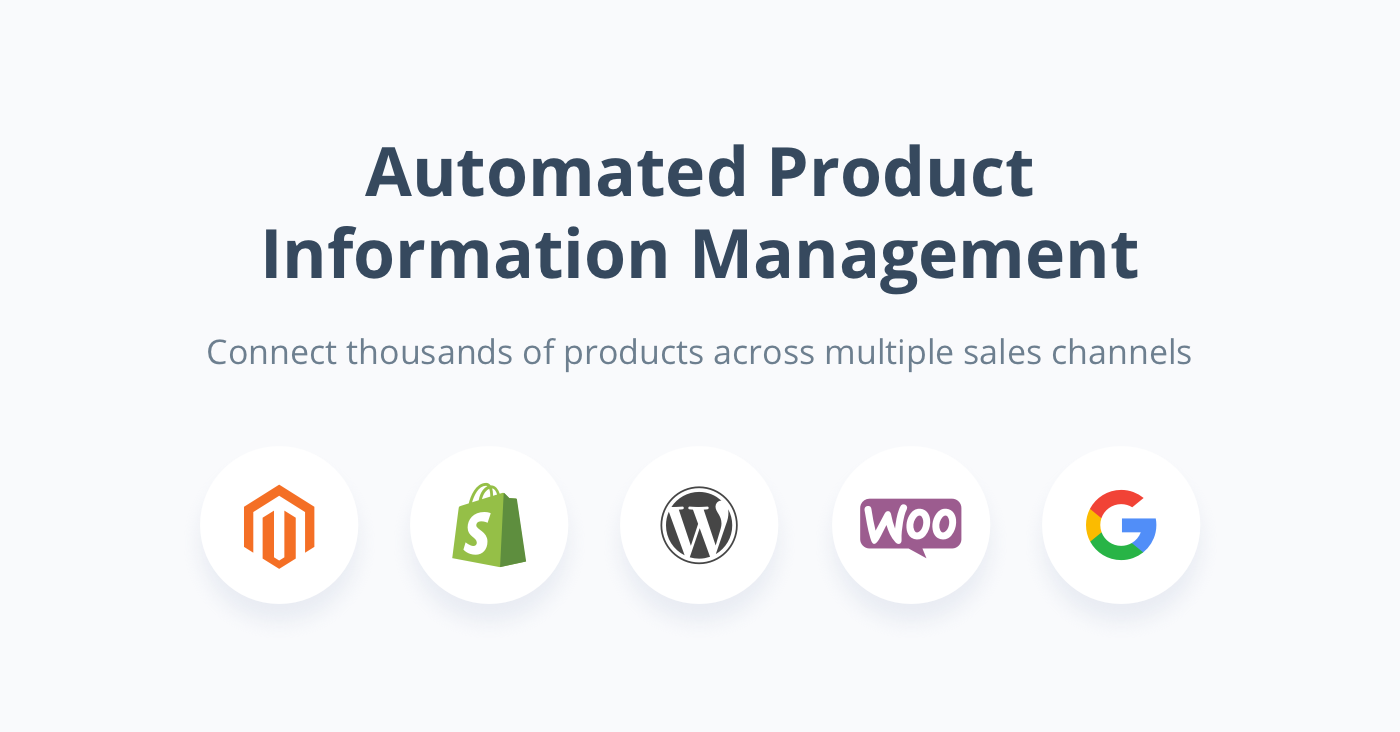
When considering implementing a product information management (PIM) system, it’s important to evaluate and understand the needs of your company and its departments. Where you want to sell, where your product information is located, and what your product launch rate is must all be considered.
Index
- Potential challenges during PIM implementation
- How to prepare for PIM implementation
- The benefits of Sales Layer PIM
A PIM is an effective and efficient solution for a wide range of businesses, including those with more complex structures, large amounts of SKUs, different information workflows, and multiple sales channels.
Regardless of your individual use case, it’s vital to define from the start how a PIM will work for you and implement the tool to suit these needs. Some companies struggle to choose a PIM and implement it due to the many options available, but it’s far simpler than you expect.
Potential challenges when implementing a PIM
Several obstacles may arise when implementing a PIM system, most commonly related to a company's current information infrastructure.
Errors that you might face:
- Existing information is segmented across different departments
- Involvement of many parts and departments as channels grow. To tackle this, have an individual with a global vision of the product catalog.
- With multiple users involved, errors or content inconsistencies may exist within existing product data. PIM can detect these errors and log different profile activities.
What do you need to do before implementing a PIM?
In order to prepare to implement a PIM in your company, you must first:
- Locate your product content (ERP, image catalogs, etc.)
- Determine information output sources (websites, marketplaces, printed catalogs etc) and technologies related to these
- Ensure all personnel that will interact with the PIM have undergone training and are aware of all features and advantages
Reasons to implement Sales Layer PIM
While all PIM systems satisfy common product data needs, there are distinct differences between the services and functionalities of providers. Sales Layer PIM is G2’s most user-friendly PIM platform with onboarding in 6 weeks or less. Sales Layer offers:
- Dashboard: Centralize data from your spreadsheets and sources, improve visibility and set team workflows.
- Analytics: Identify gaps and errors to optimize and enrich your product data to drive more sales.
- Instant Catalogs: Create instant product catalogs, customized to meet the needs of your platforms and buyers
- Multi-channel: Connect your product data to your platforms, marketplaces and channels in just a few clicks
Sales Layer PIM has built-in connectors for Amazon, Shopify, BigCommerce and many more.
Sales Layer PIM can handle 10+ million SKUs and increase your team's efficiency by 80%. We also consider support to be vital to success, so our team is always ready to handle any question, issue, or inquiry you may have regarding how PIM can work for you, PIM pricing, or anything else.
Get started today with a free 30-day all access trial of Sales Layer and start winning on the digital shelf. Contact us today to discuss how Sales Layer can work for you and start seeing higher return on investment.




.png?width=520&name=Blog%20Partner%20(3).png)



.png?width=520&name=3200x1796%20(3).png)
